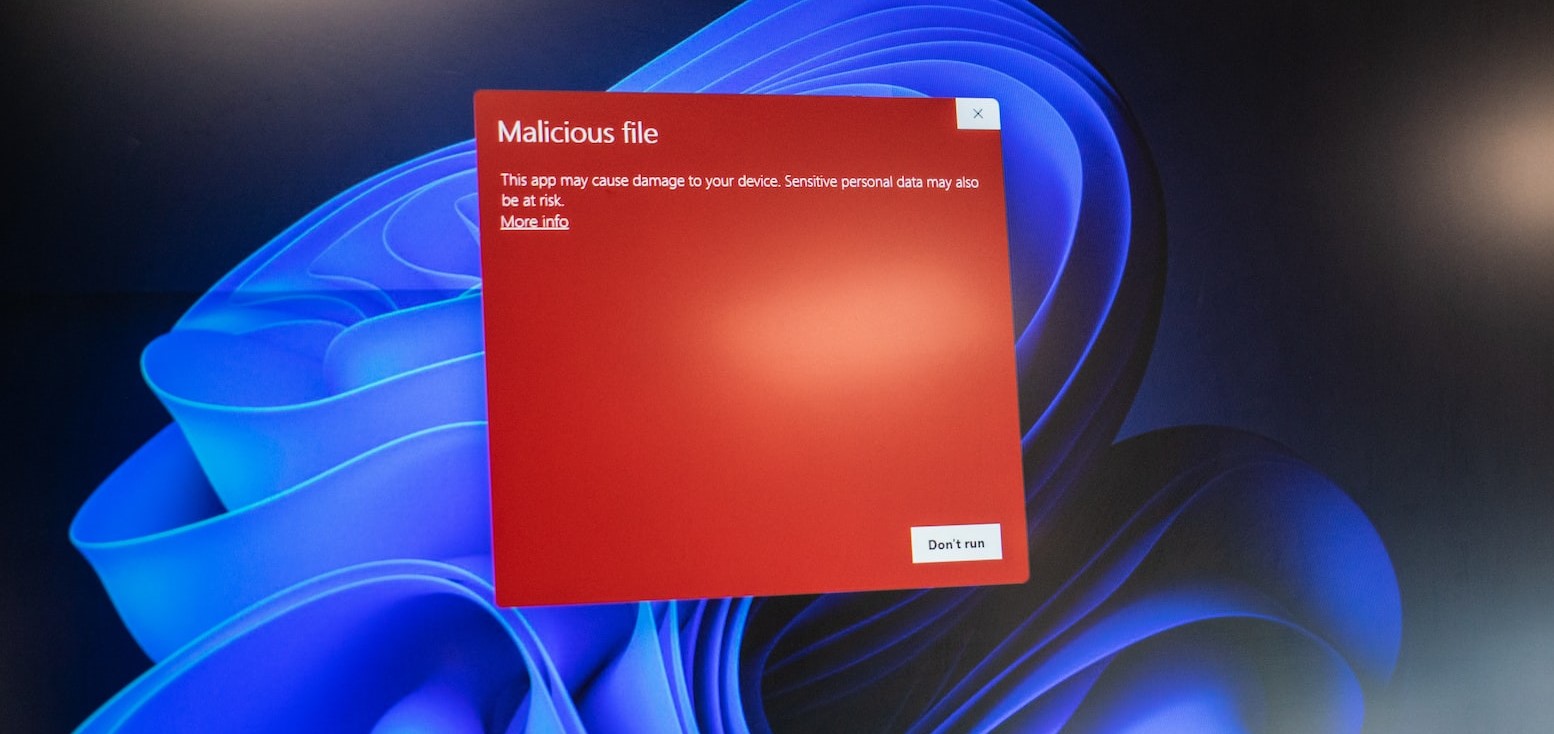We are all operating in an increasingly digital world, legal professionals included, and we all need to watch out for cybersecurity breaches.
These data breaches and hacks can take many forms and manifest in varied ways. Accordingly, it is critical you understand the warning signs that you or your firm have been hacked.
Once you have identified a hack, you also need to take immediate corrective action.
Even better, take some basic security precautions so the hacks will not happen again.
The following are some pointers for identifying, correcting, and preventing hacks into your firm’s devices and systems.
Common warning signs of a cyberhack
As part of their cybersecurity awareness, legal professionals need to recognize the signs that their devices or data have been compromised.
Some of the most common signs of a hack are as follows.
Password reset emails
One clear sign of a cyberhack is receiving an email about a password reset that you did not request.
The most obvious explanation is that a hacker is attempting to reset your password and access your account. Never respond to a password reset you did not request.
However, these emails could also be “phishing” attempts, where the email sender is trying to induce you to enter personal data. Always check the email address of the sender to ensure the email is from a known sender, and that the email address is not in an unusual format.
Random popups
If you are receiving random browser popups that you do not usually receive, this is a clear sign your computer or system has been compromised.
These most commonly look like antivirus warnings, but can come in a variety of other types, too.
To clear this problem, you may need to delete recently downloaded toolbars and apps. Popups may also be a sign of a device or system-wide breach that needs to be addressed. Your antivirus software may be able to help diagnose the problem.
Contacts receiving fake emails or text messages from you
Another hack warning sign is when your contacts report receiving bogus emails purporting to be from you.
The good news is that if these emails do not come from your email address, your computer and system are likely safe. Hackers often pull contact email addresses from social media sites, which means you have not been personally compromised.
If these emails come from your real email address, however, you have almost certainly been hacked.
Another variation of this issue is when your contacts report receiving text messages from you that you did not send. In this case, the hacker is likely using an app on your device to send the texts.
The best practice when you receive reports like this is to run a complete antivirus scan on your computer or phone, while also deleting unwanted toolbars and programs.
It is advisable to ask your IT department to take any corrective action on your work devices, too.
Redirected internet searches
If you are experiencing redirected internet searches, this is a strong sign your search engine is infected by malicious software (malware).
You might click on a search result and get redirected to a page you weren’t searching for, or you search a term and get results for something different. Alternatively, your search engine might suddenly take on a different appearance.
You will need to reset your browser settings, in addition to ensuring your system has not been compromised.
Computer, network, or internet connection slows down
If your computer or network starts to run noticeably slower than usual, that can be a sign that your system was hacked.
Slowness might be caused by a hacker trying to carry out an attack, using your system’s resources, or transferring large files over your network.
The same issues could also cause your internet connection to slow down dramatically.
To remedy this problem, investigate your network activity and task manager. Also run your security software to detect any viruses or malware.
Ransomware messages
A ransomware notification is a truly ominous message to receive.
Ransomware attacks generally occur when malware is installed on your system, the system or your data gets locked, and the hacker demands a ransom payment to unlock it.
A large proportion of victims end up paying the ransom, but even then, there are often lengthy periods of downtime and extra steps required to restore the system. If you find yourself a victim of ransomware, consult with an IT professional for next steps.
How to respond to a hack
Once you have identified a hack, the first step is to change your passwords and freeze any compromised bank accounts. Also scan your devices for malware with your up-to-date virus protection tool, then update your operating system and software.
Uninstall any old, unused, or unrecognized apps and programs. It’s a good idea to do this regularly to avoid bloat on your system and prevent security risks from out-of-date software.
For those who aren’t confident with technology, it’s a good idea to connect with an IT professional to get help recovering. They’ll walk you through the process of scanning for malware, help make sure that everything is uninstalled, and may even help you recover any lost or locked data.
If the malware cannot be removed in this manner, you may need to wipe your device and do a complete reinstallation of the operating system.
Make sure that any files you want to save are moved to secure cloud storage. However, note that it might be impossible to save your infected files if they’re not backed up anywhere. This is one reason it’s so important to work from a good cloud file storage platform like Dropbox or Google Drive.
Recover access to your hacked accounts by contacting the relevant platforms, such as Facebook, Google, or Twitter. Be sure to file a report with the Federal Trade Commission.
If any of your client data was potentially exposed, you have additional responsibilities to disclose the breach and notify any affected people about what information might have been captured. Check the FTC’s guidelines on data breach response to determine those next steps.
How can a firm protect itself from hackers?
Whether your firm has been the victim of a cyberhacking incident or it wants to prevent it from occurring in the first place, there are some basic cybersecurity safeguards to implement.
- Scan your devices for viruses on a regular basis, preferably with the use of antivirus software. Keep this software up-to-date.
- Keep all of your other software and operating systems up-to-date, too. Using old software can expose you to known security risks.
- Don’t download apps or programs from sources you don’t recognize.
- Make your systems more difficult to access with measures such as two-factor authentication, where the system will ask for an additional input besides your password. A common example is a code sent to your email or phone.
- Use a virtual private network (VPN) for internet access, which will prevent hackers from seeing your firm’s internet traffic.
While hacking and cybersecurity breaches are constant threats, your law firm can protect itself by knowing the warning signs and taking the preventive measures outlined above.
Author

After a fifteen-year legal career in business and healthcare finance litigation, Mike Robinson now crafts compelling content that explores topics around technology, litigation, and process improvements in the legal industry.
View all posts





